Frake Wood Physical Properties:
| Density | Approximately 555 kg/m³ |
| Janka Hardness | 670 lbf (2,990 N) |
| Color | Heartwood: Light yellowish to golden brown, sometimes with grey to nearly black streaks and veins. Sapwood: Pale greyish to yellowish brown, not clearly demarcated from the heartwood. |
| Grain | Straight to slightly interlocked |
| Texture | Uniformly coarse |
| Luster | Moderate natural luster |
| Rot Resistance | Non-durable; susceptible to insect attack |
| Workability | Easy to work with both hand and machine tools; glues and finishes well |
| Odor | Mild odor when being worked |
| Allergies/Toxicity | Can cause skin and respiratory irritation, as well as hives, asthma-like symptoms, and bleeding of the nose and gums. |
African Limba Wood Applications:
Furniture: Suitable for cabinetry and fine furniture due to its aesthetic appeal.
Veneer: Often sliced into veneer sheets for decorative applications.
Musical Instruments: Used in the construction of electric guitar bodies, marketed under the name “korina.”
Plywood: Utilized in plywood manufacturing for its workability and appearance.
Turned Objects: Ideal for turning into various objects due to its ease of machining.
African Black/White Limba Sustainability:
Conservation Status: Not listed in CITES Appendices or on the IUCN Red List of Threatened Species.
Sourcing: While not currently listed as threatened, it is important to source Limba from sustainably managed forests to ensure long-term availability.
Why Choose Limba?
Aesthetic Appeal: The light to golden brown heartwood with occasional dark streaks offers a visually appealing option for various applications.
Workability: Its ease of machining makes it a favorite among woodworkers for both hand and machine tool use.
Versatility: Suitable for a wide range of applications, from furniture making to musical instrument construction.
Availability: Readily available in board and veneer form, making it accessible for various projects.

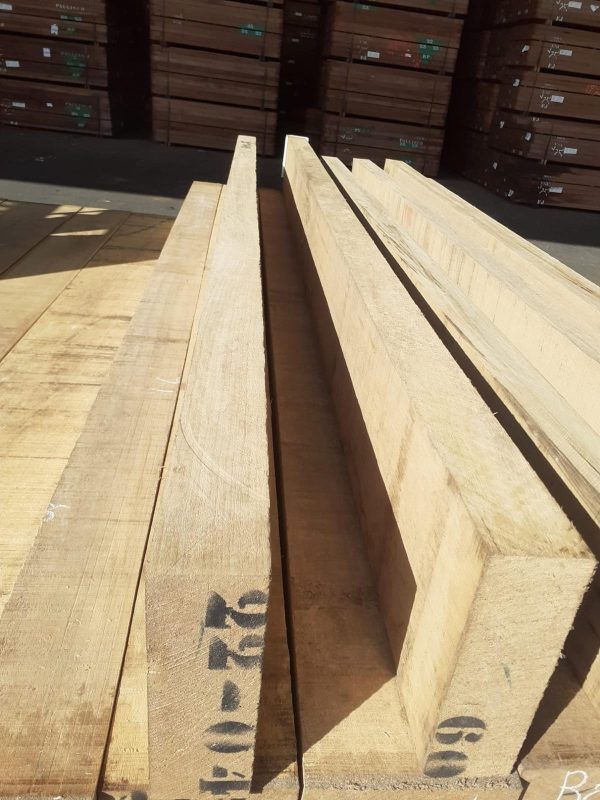
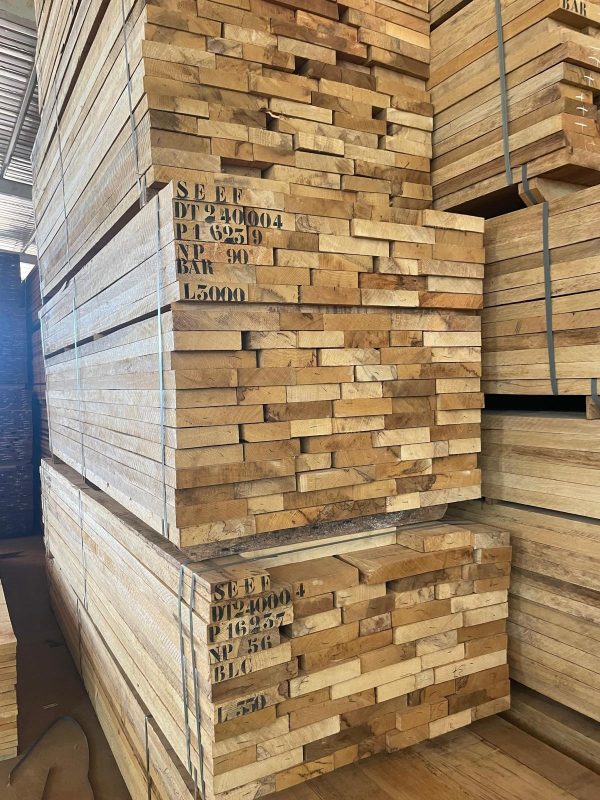
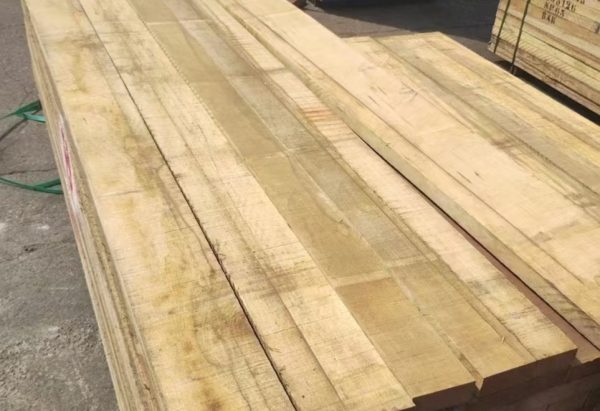


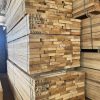

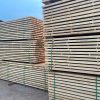
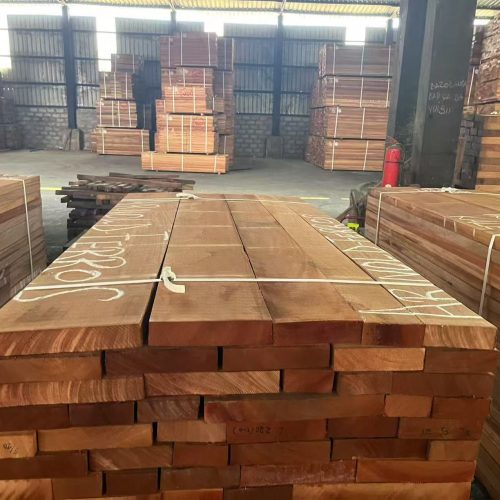
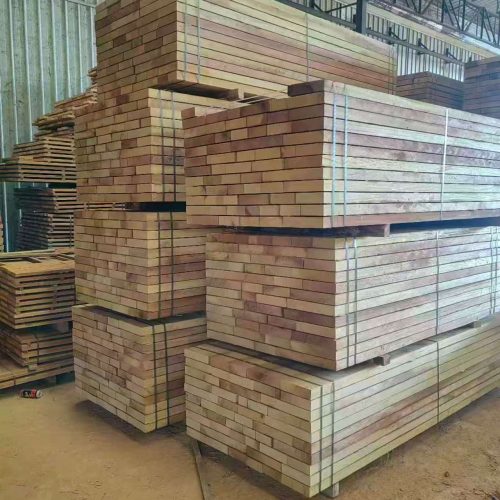
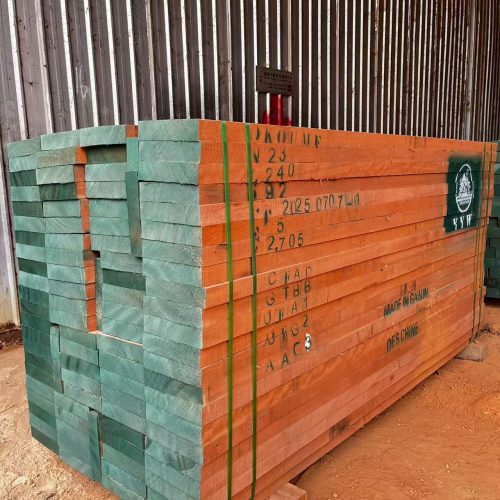
KD-500x500.jpg)